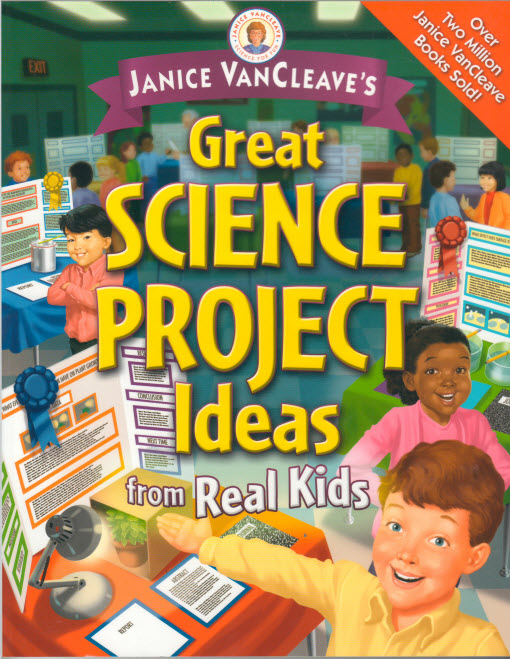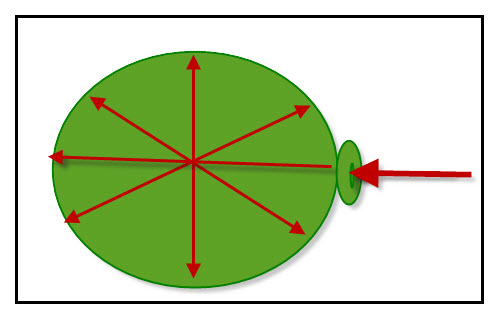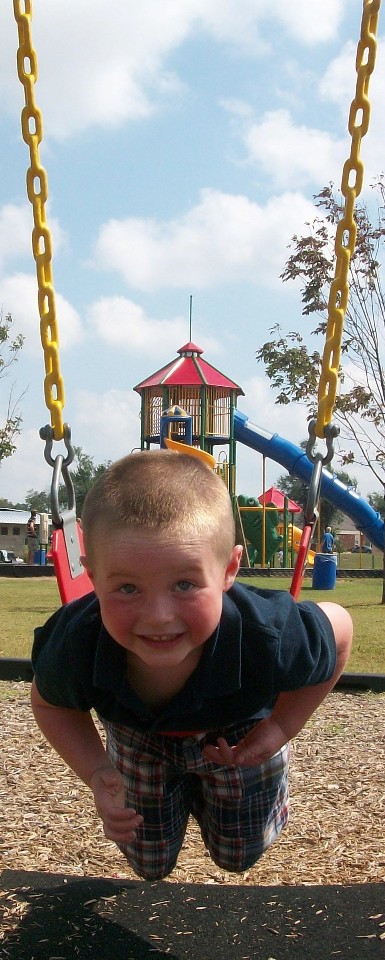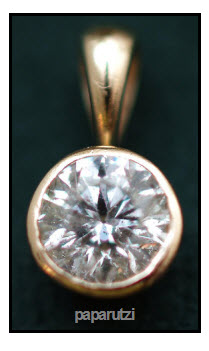Psssst! Always ask an adult about mixing chemicals. Some things are not safe to mix. Below are facts related to different Chemistry science fair project topics. Each fact is a statement containing an independent variable as well as a dependent variable. These are the two things you need in order to write your science project […]
Archives for 2010
How to Write a Science Project Question
You need to understand about variables before you can write a question for your science fair project. A variable is a part of an experiment that changes, such as temperature, amount of light, size, or color. The objective of a science fair project is to have only two changing parts, Part A and Part B. […]
Gases Have Volume
Chemistry is the study of the composition, structure, properties, and interactions of matter. Matter is all the material in the universe. Simply, matter is the stuff that things are made up of. Matter has mass and volume. Mass is the amount of material (stuff) something is made of. Mass is not affected by gravity. Materials are […]
Pendulum: A Swing
Free Kindergarden science experiments related to pendulums. Experiments can be done in a children’s outdoor playground that has swings.
Fun Facts Diamonds
1. Diamonds cut before 1950 are shaped differently from most diamonds cut since then (today). The “Antwerp Cut” was developed in the 50s; they found a shallower geometry which distributes more light (more sparkle). See the gallery for a diagram. 2. You can be a real diamond miner for a day in Canada. There are […]
Solutions are Homogeneous Mixtures
Mixtures are a Combination of Two or More Parts. Solutions are a type of mixture in which one substance dissolve in the other. The substance in a solution that dissolve is called a solute (solid, liquid, or gas). The substance in a solution that does the dissolving is called the solvent (solid, liquid, or gas). […]
Teaching the Fun of Science
“I highly recommend this book to teachers. The experiments are easy and fun. The directions are easy and the materials are general items from around the house.” Teaching the Fun of Science (Paid Link) “I bought this book because I was doing a rock study for my grade three classroom.” Day one: “I did a […]
Fluorescent Highlighters
Fluorescent highlighters are extra bright in sunlight, but not so different than other highlighters under a desk lamp. This is because two bundles of light energy is being sent to your eyes and both are for the same color. This makes the color more intense–louder–brighter–super-bright. Let’s consider a yellow fluorescent highlighter. One source of light […]
Teaching about Gravity using Science Magic
Using gravity you can cause an unattached rope to seemingly lift a bottle. As with all magic–its a trick. In this trick, gravity is used to pull a ball into place so that it presses so hard against the rope that it cannot move. 1. Ask an adult helper to cut a slit in the […]
Pendulum
How to Design Experiments
Directions for using simple experiments as a foundation for designing new experiments.
- « Previous Page
- 1
- …
- 43
- 44
- 45
- 46
- 47
- …
- 54
- Next Page »





